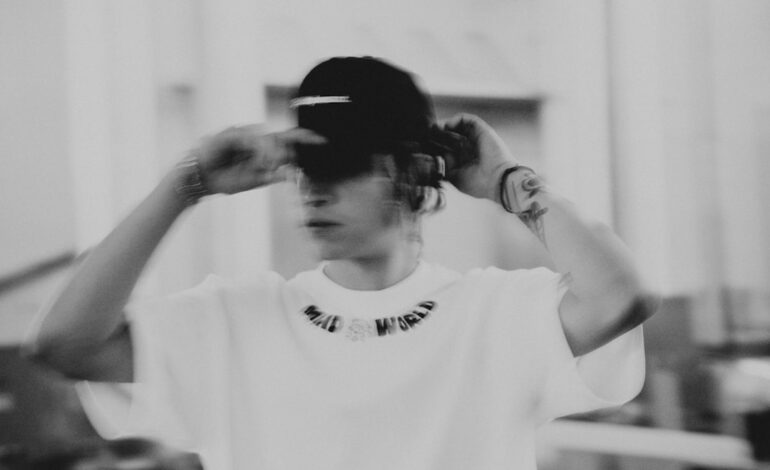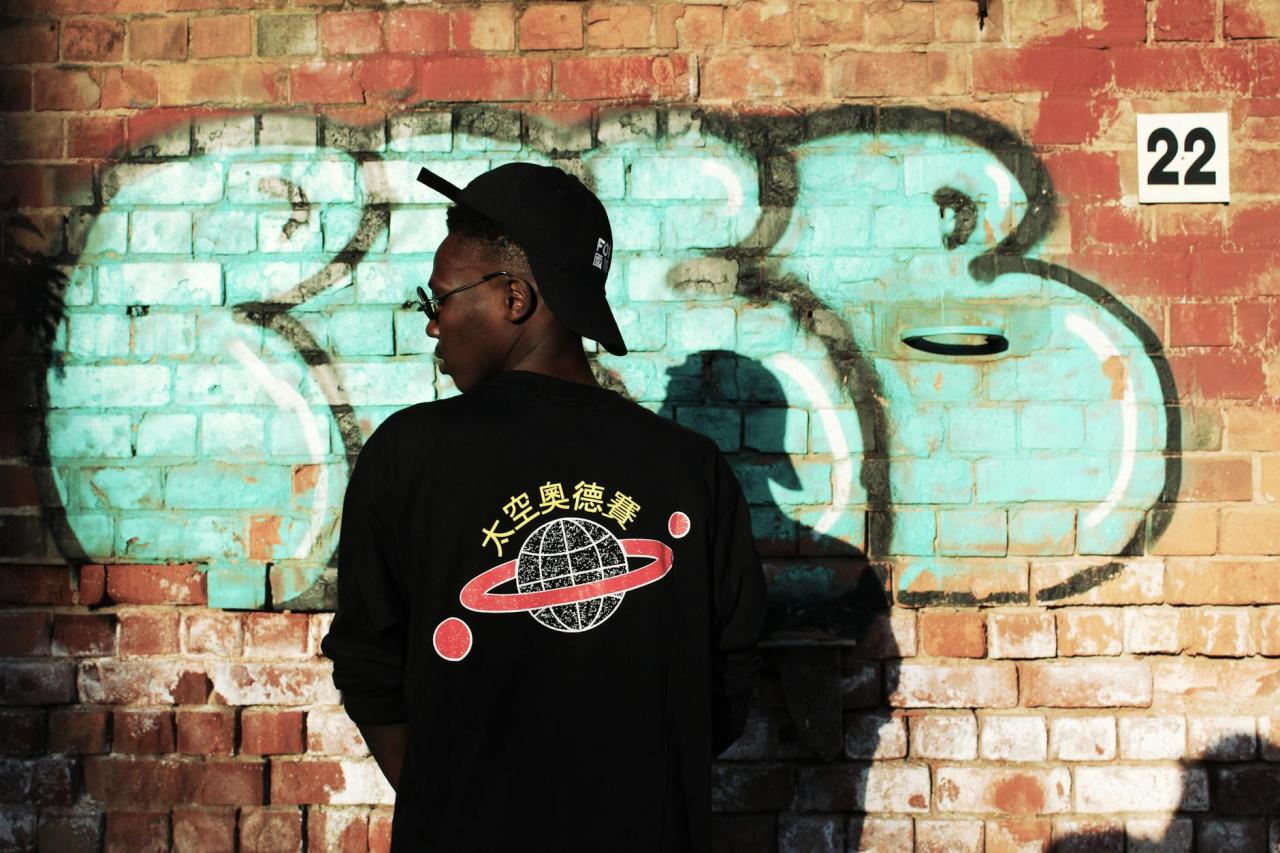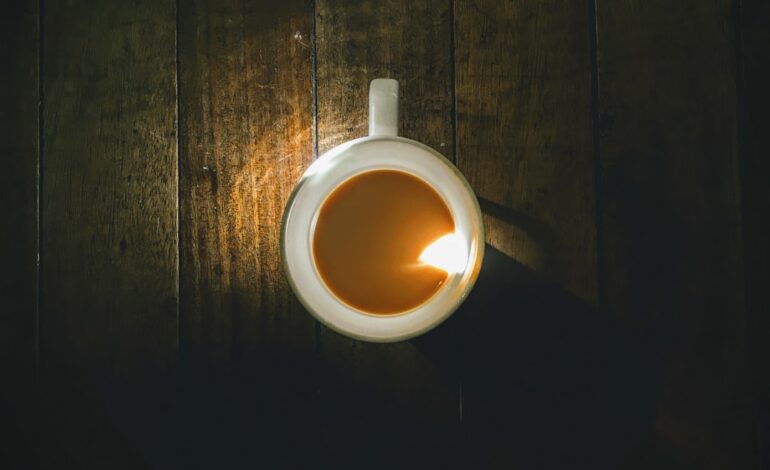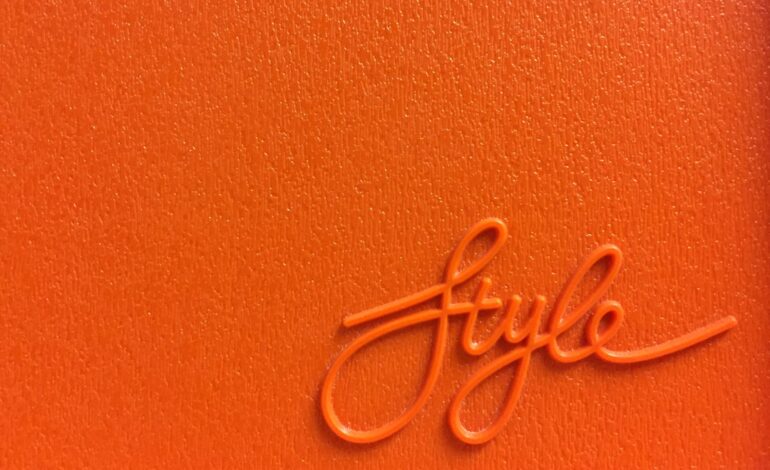More than a logo: The brand collaborations shaking up the fashion industry

It’s a match made in heaven, or is it?
You’ve seen it everywhere. On your Instagram feed, splashed across celebrity street style photos, and queued up for hours outside a boutique in SoHo. It’s the fashion brand collaboration, a phenomenon that has evolved from a niche marketing tactic into one of the most powerful forces in the industry today. Gone are the days when a simple co-branded t-shirt would suffice. Today, these partnerships are culture-defining moments, generating unprecedented hype and reshaping our very understanding of luxury, style, and brand identity.

But what separates a fleeting trend from a game-changing partnership? At KIQIZ, we’re diving deep into the world of brand collaborations to explore the magic behind the mashups, the psychology of the hype, and the iconic pairings that have completely shaken up the fashion landscape.
The evolution from novelty to necessity
Collaborations aren’t a new concept. Think back to the 1930s when surrealist artist Elsa Schiaparelli teamed up with Salvador Dalí to create the infamous lobster dress. It was shocking, avant-garde, and a perfect blend of two creative worlds. For decades, these partnerships remained relatively rare, reserved for high-concept art and fashion crossovers.

The modern era of collaborations, however, was arguably kickstarted in 2004 when high-fashion royalty Karl Lagerfeld joined forces with fast-fashion giant H&M. The collection sold out in minutes, proving that the public had a voracious appetite for affordable luxury. This high-low model became a blueprint, democratizing designer fashion and creating a new retail calendar event: the designer drop. But as the market became saturated, brands had to get more creative, leading to the unexpected, boundary-pushing partnerships we see today.
The blueprint for a blockbuster collaboration
Not all collaborations are created equal. For every instant sell-out, there’s a partnership that falls flat. So, what’s the secret sauce? It’s a delicate alchemy of authenticity, surprise, and masterful marketing.
Authenticity is key

The most successful brand collaborations feel genuine. They happen when two brands with distinct but complementary identities come together. It’s about a shared ethos, a common narrative, or a mutual respect for craftsmanship. When Gucci and The North Face collaborated, it worked because both brands celebrate exploration and adventure, albeit in very different arenas. The audience can sense when a partnership is just a cash grab versus when it’s a true meeting of creative minds.
The element of surprise
The collaborations that truly capture our attention are the ones we never saw coming. Who would have predicted that the rugged functionality of Arc’teryx would blend seamlessly with the streetwear cool of Palace, or that couture house Balenciaga would elevate the humble Croc into a high-fashion statement piece? These unexpected pairings generate conversation and challenge our preconceived notions of what a brand “should” be. They create a sense of novelty and discovery that is irresistible to the modern consumer.
Scarcity and hype
The ‘drop’ model, perfected by streetwear brands like Supreme, is central to the success of modern collaborations. By releasing products in extremely limited quantities at a specific time, brands create a sense of urgency and exclusivity. This scarcity fuels the hype machine. The fear of missing out (FOMO) is a powerful motivator, turning a product launch into a cultural event. It’s not just about buying a hoodie; it’s about being part of a moment, owning a piece of history that only a select few can access.
Iconic collaborations that rewrote the rules
To understand the power of a great partnership, let’s look at some of the groundbreaking brand collaborations that have left a permanent mark on the industry.
The high-low masterpiece: H&M x Karl Lagerfeld (2004)
This was the collaboration that started it all for the high street. By bringing the legendary creative director of Chanel to the masses, H&M created a global frenzy. It legitimized fast fashion as a platform for designer talent and established a model that countless brands would follow. It proved that luxury wasn’t just about price; it was about design, aspiration, and access.
Streetwear’s supreme ascent: Louis Vuitton x Supreme (2017)
If one collaboration defined the last decade, this was it. The partnership between the storied French luxury house and the New York skate brand was a seismic event. It shattered the wall between high fashion and streetwear, officially crowning streetwear as the new luxury. The iconic LV monogram intertwined with Supreme’s bold red box logo became an instant symbol of a new fashion world order, where the cool factor of the street held as much, if not more, currency than heritage and tradition.
The athletic-luxury hybrid: Dior x Air Jordan (2020)
Sneaker culture has been a dominant force for years, but the Dior x Air Jordan 1 was a different beast. Helmed by Kim Jones, a master of collaboration, this partnership meticulously blended the worlds of Parisian couture and basketball heritage. The result was a sneaker crafted with the precision of a luxury handbag, executed in Dior’s signature grey. With an eye-watering price tag and extremely limited numbers, the “Air Dior” became one of the most coveted sneakers of all time, cementing the sneaker’s place as a true luxury good.
The unexpected icon: Balenciaga x Crocs (2017 & beyond)
When Balenciaga sent platform Crocs down the runway, the fashion world was divided. Was it a joke? Was it genius? The answer, it turned out, was both. Demna Gvasalia, Balenciaga’s creative director, has a knack for subverting expectations and finding beauty in the banal. This collaboration was a masterclass in irony and a commentary on taste. It proved that in today’s fashion landscape, the power of a strong, polarizing idea can be more valuable than conventional beauty.
A meeting of titans: Gucci x Adidas (2022)
When two powerhouse brands with instantly recognizable logos join forces, the result is bound to be explosive. Alessandro Michele’s vintage-inspired, maximalist Gucci aesthetic was a perfect match for the retro sportswear appeal of Adidas’s three stripes and trefoil logo. The collection was a vibrant explosion of nostalgia, blending tracksuits with tailored silhouettes and Gazelle sneakers with Gucci’s iconic motifs. It demonstrated how two brands with massive, distinct histories could merge their DNA to create something that felt both fresh and timeless.
Why we’re still obsessed: The psychology behind the hype
Our collective obsession with brand collaborations runs deeper than just wanting a cool new item. It taps into fundamental human desires for identity, community, and status.
The desire for exclusivity
In a world of mass production, owning something rare is the ultimate status symbol. A limited-edition collaboration allows consumers to buy a piece of a specific cultural moment. It’s a wearable trophy that says, “I was there, I knew about this, and I got it.”
Fandom and identity
These partnerships are a form of storytelling, and we buy them to align ourselves with that story. Wearing a Palace x Ralph Lauren piece isn’t just about the clothes; it’s about signaling your appreciation for both British skate culture and American prep. It’s a way to broadcast your taste and cultural knowledge without saying a word.
The thrill of the hunt
For many, the process of acquiring the item is as exciting as owning it. The research, the waiting, the rush of trying to check out before it sells out – it’s a gamified shopping experience that provides a dopamine hit. The secondary market on platforms like StockX and Grailed only adds to this, turning fashion items into assets and collectors into traders.
What’s next for brand collaborations?
The world of collaborations is constantly evolving. As we look to the future, we can expect to see partnerships that push even more boundaries and explore new frontiers.
The rise of digital and the metaverse
Virtual collaborations are the next logical step. Brands are already partnering with video games (like Balenciaga in Fortnite) and creating NFTs and digital wearables. The metaverse offers a limitless playground for creative partnerships that aren’t bound by the physical world.
Sustainability and purpose-driven partnerships
As consumers become more conscious of their environmental and social impact, we will see more collaborations focused on a cause. Brands will team up on sustainable collections, upcycling projects, and partnerships that benefit charitable organizations, adding a layer of meaning beyond the product itself.
Beyond fashion
The most exciting collaborations will continue to be those that cross industries. Fashion brands are already partnering with everything from furniture designers (Virgil Abloh x IKEA) to car manufacturers and tech companies. This cross-pollination of ideas is where true innovation happens.
The collaboration equation
Brand collaborations are far more than a marketing trend; they are a reflection of our hyper-connected, genre-blending culture. They are conversations between brands, creators, and consumers that result in something entirely new. They challenge us, surprise us, and ultimately, they define what’s next. The next time you see an unexpected logo pairing, look closer. You might just be witnessing the future of fashion being written in real time. What’s the most memorable brand collaboration you’ve ever seen?




